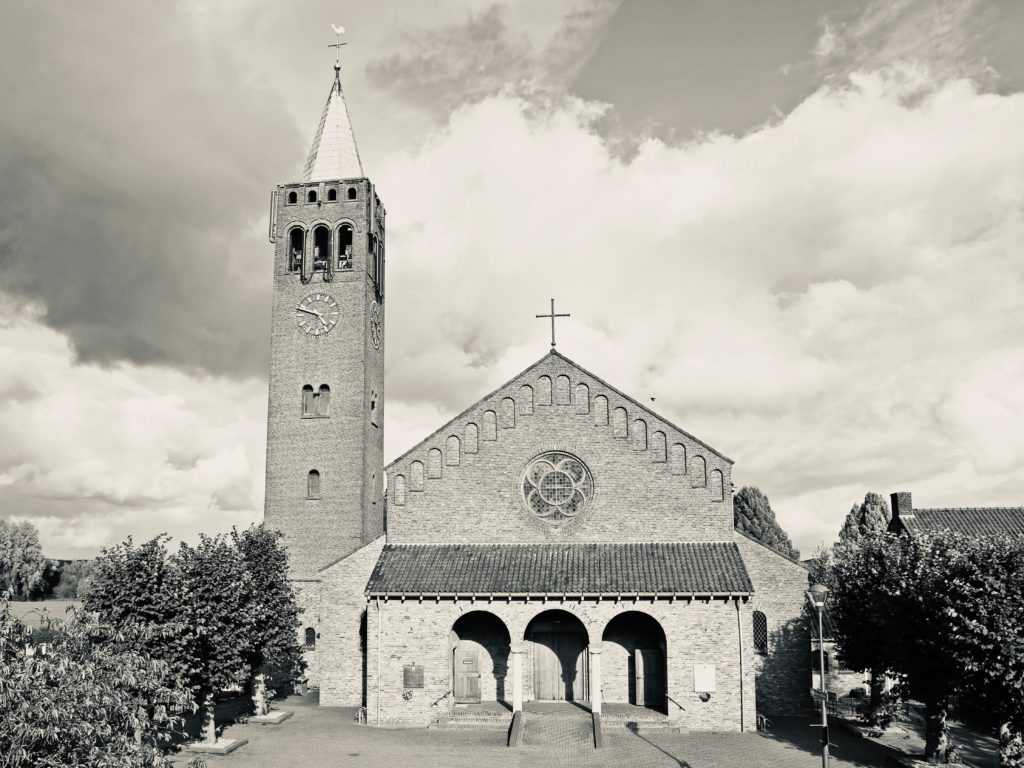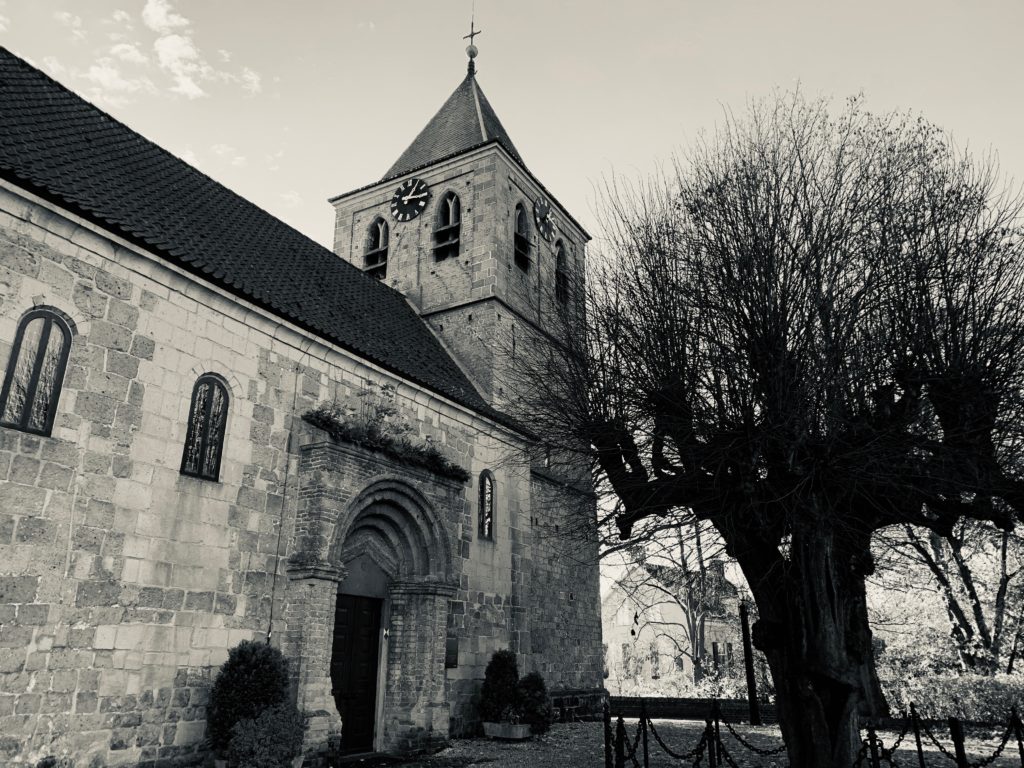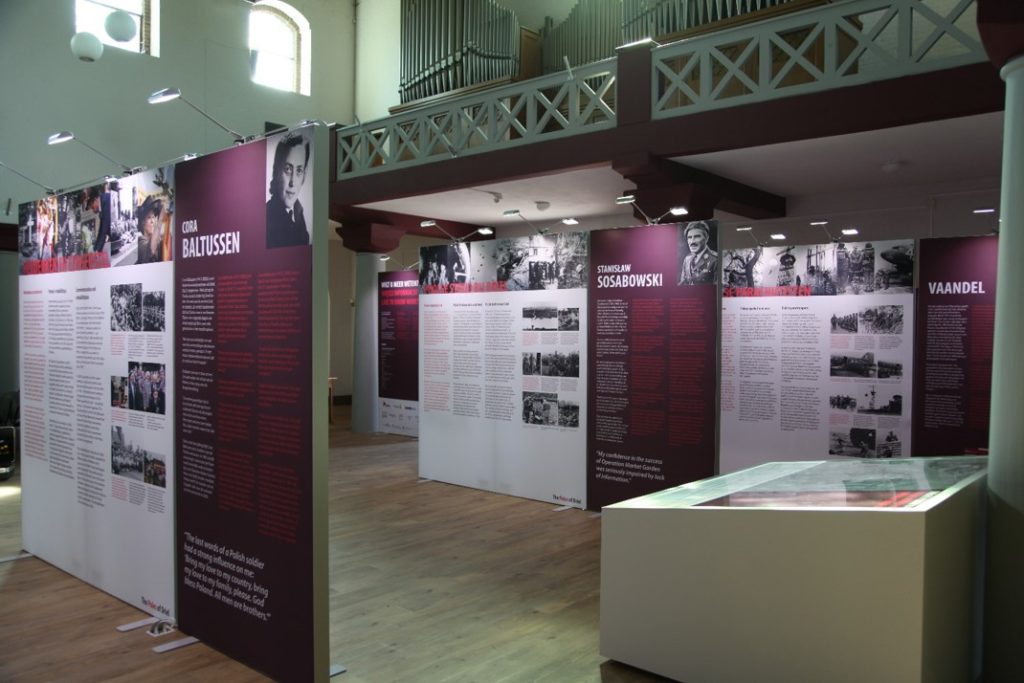On 23 September the 4th Battalion Dorset Regiment reached the south bank of the Lower-Rhine at Driel. The British Airbornes forces at that moment, were concentrated in a small pocket at the opposite site of the river. 4th Battalion Dorset Regiment was ordered to cross the river to make the evacuation of 1st Airborne’s survivors possible. The Dorsets.
In the afternoon of 24 September, the Commanding Officer of the Dorsets, Lieutenant-Colonel Gerald Tilly took its company commanders up Driel church tower to view the proposed crossing point. The crossing was scheduled for that night. At 01.00, under the cover of darkness and three hours behind schedule on 25 September, some 315 men of Tilly’s battalion fought their way across the river. Scattered over numerous groups the Dorsets tried to fight their way to the Airbornes but suffered terrible losses.
Twenty-four hours later, the Airborne pocket was evacuated. However, out of the 315 men who had crossed the river, only 75 men came back. Both the Corps Commanders Brian Horrocks and Boy Browning visited the much-depleted battalion afterwards and spoke to all men and officers. The 4th Battalion awarded the unique distinction of an Airborne Pennant, embroidered with the Dorset regimental crest, to be carried with the Colours. The 4th Dorsets would be the only non-Airborne battalion to win the battle honour ‘Arnhem’.
This is a one day tour taking approximately 3 to 4 hours.
The tour starts at the Roman Catholic Church in Driel. Here we have a short introduction on Operation Market Garden, focusing on the advance of 30th Corps and more specific about the role of the 4th Battalion Dorset Regiment. At the Leedjes farm buildings we discuss the final preparations taken by the Battalion before crossing the river.
Then we will get to the riverbank at the place where the actual crossing took place. We will take the Driel-Oosterbeek ferry (included) to get to the other side of the river. On arrival on the far side we’ll discover the landscape differs completely from the other side of the river. After a steep climb we will get at the Valkeniers woods, theatre of vicious hand-to-hand fighting.
We walk through the forests towards the Westerbouwing Heights were we have lunch (optional). At the restaurant we have a breath-taking view across the countryside all the way back to Nijmegen. We discuss the German defenses and the dominating positions they occupied. Next stop will be the Old Church in Oosterbeek. Here a small group of A Company under Major Jimmy Grafton managed to reach the Airborne pocket. Here they were able to reinforce the Airborne and made valuable contact with British artillery south of the river.
We will visit the church (included) which holds many relicts of the battle. Here we draw the balance of the sacrifices offered by the men of the 4th Battalion Dorset Regiment and conclude our tour.
NB: A visit to the Arnhem Oosterbeek War Cemetery is not included but is optional if requested.






